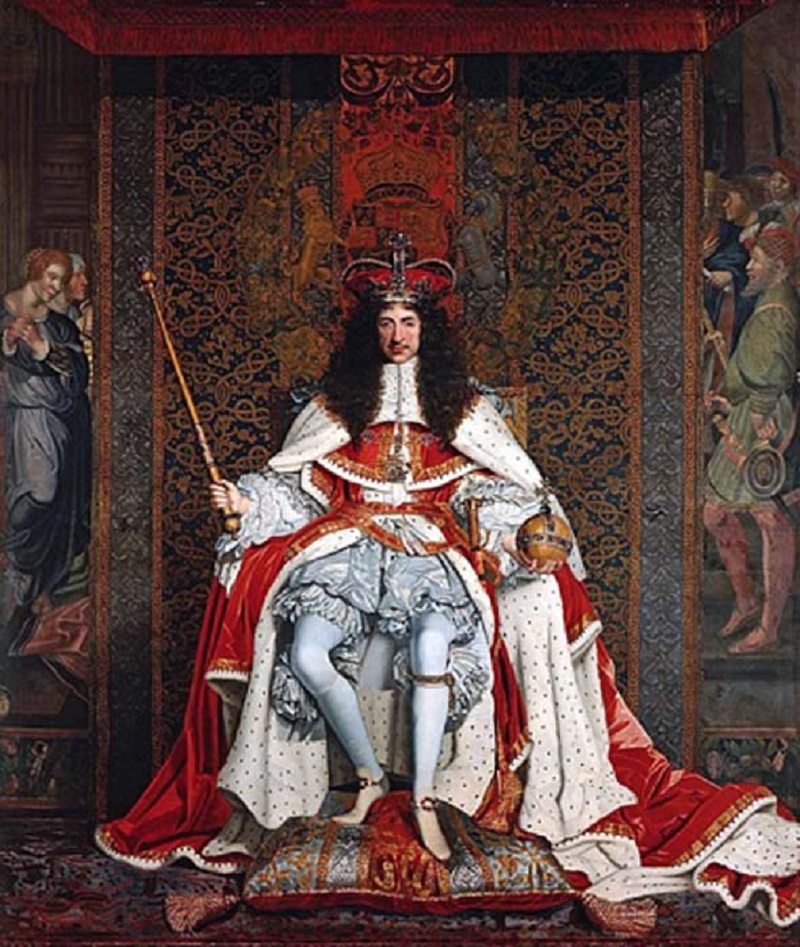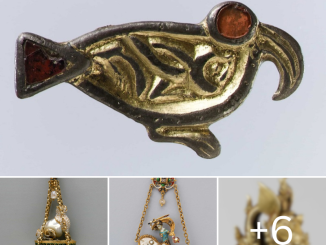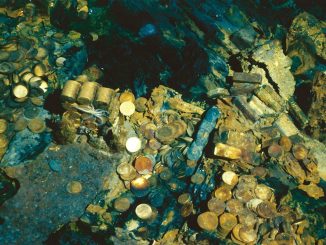Metal detectorists have made many extraordinary discoveries in recent years. An explorer vacationing in Scotland discovered a ring belonging to a 17th-century English courtier who was unjustly executed. The gold ring will be auctioned and the proceeds will go to the discoverer.
The discovery was made near the shore of Loch Lomond in Scotland in 2017. It was excavated by Michelle Vall, who was vacationing in the area with her husband. The couple is from Blackpool, Lancashire, England. Mrs Vall learned metal detecting to help her deal with her severe panic attacks.
The gold ring was found using a metal detector
The teacher, Mrs. Vall, is searching a field that has not previously had any archaeological finds. She and her husband were happily enjoying the peace and quiet of the lakeshore when Michelle’s detector sounded an alarm. She excavated the ring at a depth of about 18cm underground. Mrs. Vall told Catholic Universe: ”I knew right away that it was something special.” She was so excited that she did a little dance. Ms. Vall also told Catholic Universe that the ring “shined with its distinctive bright yellow color as I carefully lifted it out of the dark mud hole.”
Michelle Vall with her precious signet ring. ( Dix Noonan Webb )
The teacher and her husband notified authorities of her discovery, as required by law. The National Museum of Scotland examined the ring and declared that it was 350 years old. They also confirmed that the ring bears the Colman family crest and has a notable history.
Courtier of Charles II
The ring was almost certainly worn by Edmund Colman, who came from a landed family in Norfolk, England. He was an important courtier in the court of Charles II (1630-1685). Charles II was the son of Charles I, who was executed by Parliament at the end of the English Civil War.
After a decade in exile, Charles II became king in 1661 and became famous for his lavish lifestyle. His reign was controversial because many suspected that he had Catholic and pro-French sympathies, which did not sit well with the majority of the Protestant population.
‘Charles II of England at his coronation’ (1661-1662) by John Michael Wright. (Public domain)
Edward Colman converted to Roman Catholicism and was an influential figure at court. He had a close relationship with Charles II’s younger brother, the future King James II. According to the Daily Mail, “He was implicated in the Popish Plot – a fictional Catholic plot to assassinate Charles.” This storyline is completely false and it was spread by a rather unsightly character named Titus Oates. The rumors caused a wave of anti-Catholic hysteria throughout England.
Popish Conspiracy of 1678
Colman was accused by Oates of participating in a fictitious conspiracy. The courtier was captured and executed along with 22 others, mostly Catholics. Colman was innocent of any wrongdoing, but he was killed in the most brutal manner. He was hanged, drawn and quartered in London in 1678.
The Roman Catholic Church considers him a martyr and he was beatified by Pope Pius XI in 1929, Catholic Universe reports. The plot was later revealed to be false and Oates was imprisoned and publicly flogged.
Metal detectorists discover a cache of 550 ancient coins worth £150,000
After a lifelong search, detective finds missing chief of Scottish clan: ‘The Buchanan’ is first chief in 337 years
Magical rings and their mystical powers
The Colman ring was declared a ‘treasure’ by experts. However, according to the Daily Mail, ”because no museum came forward to claim it, the item was returned to the 53-year-old as its ‘custodian”. In fact, the ring became the property of the Blackpool teacher. This is most unusual for a rare find like a ring with a 17th century sign.
A 17th-century signet ring became the property of a Blackpool teacher. ( Dix Noonan Webb )
Mrs. Vall decided to sell the 350-year-old ring at an auction. London auction house Dix Noonan Webb valued the signet ring at £10,000 ($12,000). Nigel Mills, who works for the auction house, told the Daily Mail ”The Colman sealing ring is a fine example of a high-status ring from a period where only a very limited number have survived in this situation”.





